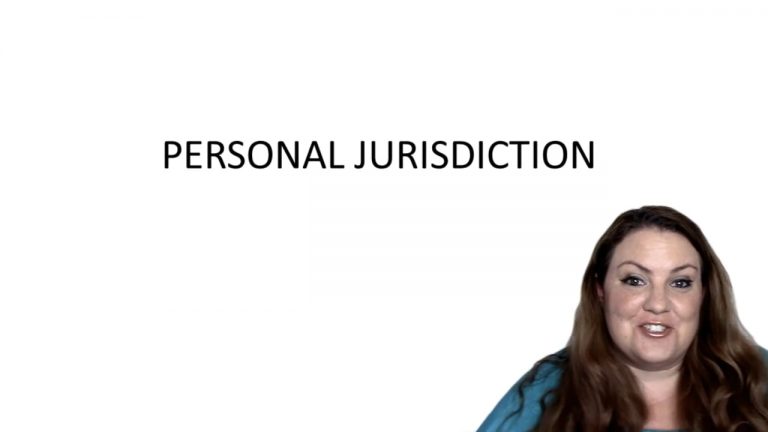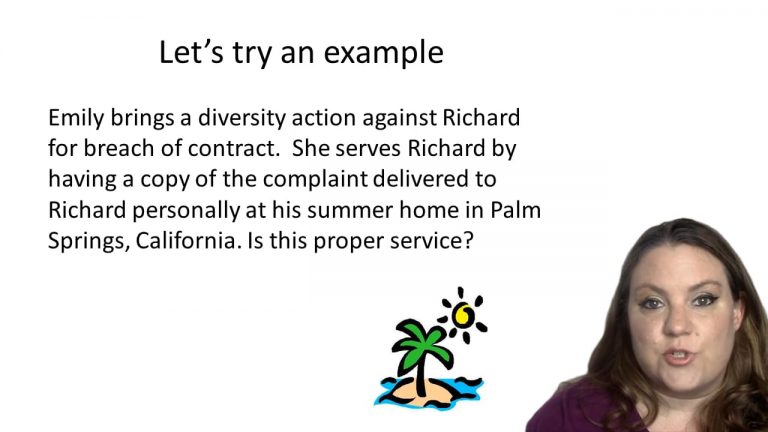SmartBrief
Confirm favorite deletion?
Civil Procedure Keyed to Field
Pennoyer v. Neff
Citation:
95 U.S. 714 (1878).
ProfessorBrittany L. Raposa
CaseCast™ – "What you need to know"
Facts
Lawsuit #1: Neff bought land in Oregon before moving out of state. While in Oregon, he worked with an attorney, Mitchell. In a separate lawsuit, Mitchell sued Neff in Oregon state court for unpaid legal fees. Service in that case was done by publication in an Oregon newspaper while Neff was not in the state. The service did not mention Neff’s property. A default judgment was entered against Neff for the legal fees, and to get the money Mitchell went after Neff’s property by a writ of execution and bought it himself at the execution sale. Mitchell then sold the land to Pennoyer.
Lawsuit #2: Neff (Plaintiff) sued Pennoyer (Defendant) in Oregon federal court to have Pennoyer removed from the land. Neff argued that Pennoyer’s title to the land was not valid since the state court in lawsuit #1 did not have proper jurisdiction over him or his property. Pennoyer argued his title was validly obtained following the results of lawsuit #1.
Only StudyBuddy Pro offers the complete Case Brief Anatomy*
Access the most important case brief elements for optimal case understanding.
*Case Brief Anatomy includes: Brief Prologue, Complete Case Brief, Brief Epilogue
- The Brief Prologue provides necessary case brief introductory information and includes:
Topic:
Identifies the topic of law and where this case fits within your course outline.Parties:
Identifies the cast of characters involved in the case.Procedural Posture & History:
Shares the case history with how lower courts have ruled on the matter.Case Key Terms, Acts, Doctrines, etc.:
A case specific Legal Term Dictionary.Case Doctrines, Acts, Statutes, Amendments and Treatises:
Identifies and Defines Legal Authority used in this case.
- The Case Brief is the complete case summarized and authored in the traditional Law School I.R.A.C. format. The Pro case brief includes:
Brief Facts:
A Synopsis of the Facts of the case.Rule of Law:
Identifies the Legal Principle the Court used in deciding the case.Facts:
What are the factual circumstances that gave rise to the civil or criminal case? What is the relationship of the Parties that are involved in the case.Issue(s):
Lists the Questions of Law that are raised by the Facts of the case.Holding:
Shares the Court's answer to the legal questions raised in the issue.Concurring / Dissenting Opinions:
Includes valuable concurring or dissenting opinions and their key points.Reasoning and Analysis:
Identifies the chain of argument(s) which led the judges to rule as they did.
- The Brief Prologue closes the case brief with important forward-looking discussion and includes:
Policy:
Identifies the Policy if any that has been established by the case.Court Direction:
Shares where the Court went from here for this case.
Topic Resources
Topic Videos
 18m 35s
18m 35s 8m 20s
8m 20s